A testimony of water challenges in south-east Asia
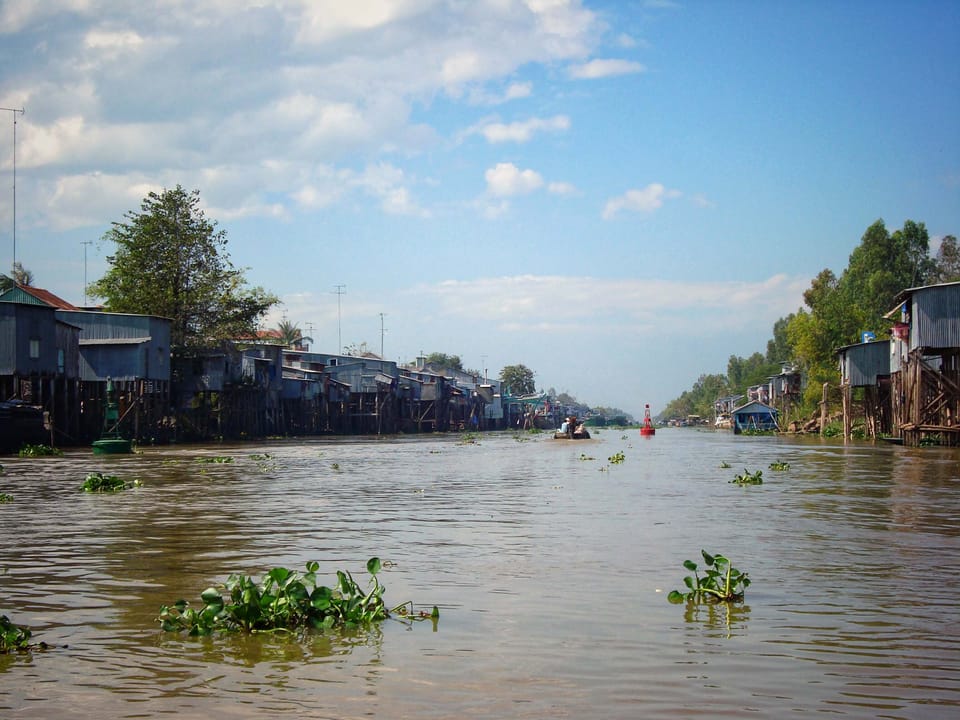
Urban growth, temperature rise and melting glaciers threaten river deltas around the world. South-east Asia – from India to China – in particular will be severely affected. Large numbers of people live in poverty, countries are densely-populated and coastlines are long. According to the Asian Development Bank (ADB), the chance that people in this region will be affected by water-related disasters is about 25 times greater than in Europe. How are people tackling water challenges in Asia?
When I visited Vietnam's Mekong Delta, I found a village erected amongst the rice fields; it was built by the government after the severe flood of 2000. The villagers received me with a warm welcome.
I asked them if they were happy with their safe place to live. "We no longer have to be afraid that our children will drown," one of the farmers told me over a cup of tea. "However, commute time has increased." He explained that the housing project is three kilometres away from the place most inhabitants originally came from. He told me his old boss stopped calling him because there were workers that lived closer to work. "We used to have work, but unsafe living conditions. Now it is the opposite."
Moving water, moving people
The farmer's story illustrates that large numbers of people will start to migrate if something happened in densely-populated, waterlogged areas. This is an important trend in Vietnam, but also in other low-lying coastal countries like Bangladesh and Myanmar.
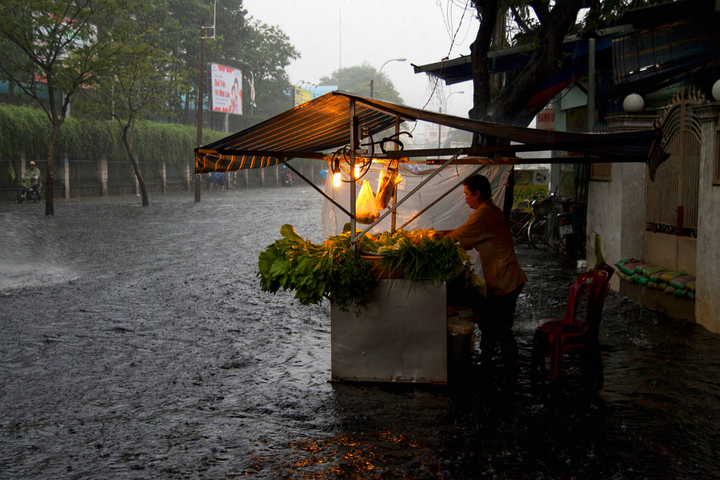
A small change in global temperatures can have big effects on people in this region. For people who live on the fringe, who invested all their savings in a rice field that is washed away after a flood, 10 days of rain can make the difference between life and penury. These people will pay the bill first.
South-east Asia is the frontline in the battle against climate change. You will see the impact earlier here. That's ironic because these coastal residents often live a very sustainable life. However, if rice and fruit crops are damaged by saltwater, floods or severe warming, it means a huge loss of income and people are then forced to move to the slums of Ho Chi Minh City, Dhaka or Yangon – in the worst case they cross borders; they become climate migrants.
Climate change and urbanization
South-east Asian deltas are wedged between the Third Pole (Himalaya and Tibetan Plateau) and the Indian Ocean and are formed by mighty rivers like the Mekong, Brahmaputra and Ayeyarwady. These rivers supply fertile sediment for agriculture, but they also bring flooding and embankment erosion. Without dikes, a large part of these countries becomes submerged during the rainy season.
Researchers predict that mean annual river discharge is expected to increase due to melting ice in the Third Pole, which is a major source of freshwater to millions of people. At least a third of Asian glaciers will disappear by 2100, according to new research from the University of Utrecht. Flood frequencies and magnitudes will increase due to higher upstream inflows and sea level rise.
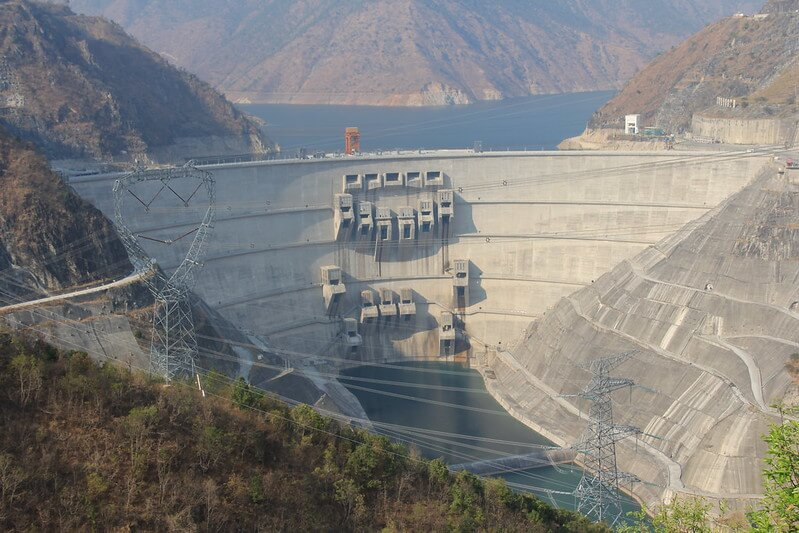
Dams, sand mining and high dikes, plus rising temperature, means that soil fertility and rice yields will decline.
Both population growth and rapid urbanization are associated with increased electricity and food consumption. Upstream dams are used to fuel the urban growth by generating power and providing irrigation water for food.
Although dams could balance the dramatic variability of river flows between the dry and wet season, fish migration and sediment transport will be reduced. The sediment load of the Mekong River for example has decreased from 150 million tons in 1990 to just 75 in 2014 and has resulted in 300 hectares (600 soccer fields) losses of coastal area per year.
The impact of upstream dams is strengthened by sand mining to develop fast growing cities along the rivers. But overexploiting sand brings the water table down, threatening rice fields and safety as the riverbank destabilization causes damage. Besides this, raising the heights of dikes to keep all flood waters, and their organic matter, out of the fields, may cause water to pass through the delta faster, and so have also great erosive impacts downstream.
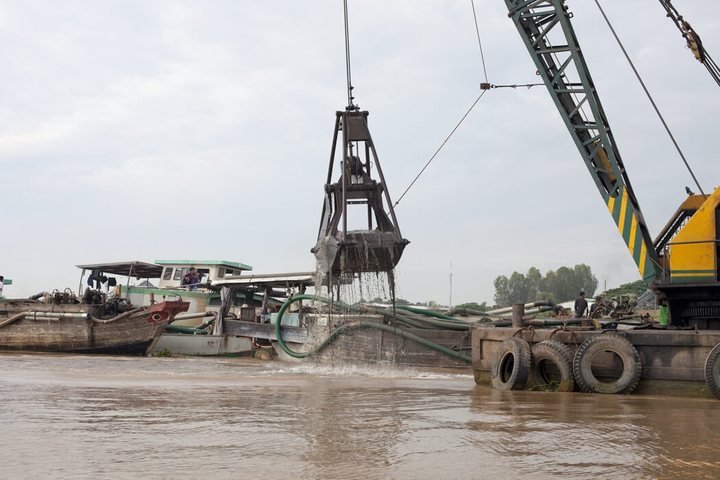
Dams, sand mining and high dikes, with the added pressure of rising temperature, ensure that soil fertility and rice yields will decline. This results in farmers using larger amounts of fertilizer, higher input costs, more rice produced, stagnant farm gate prices, and continued poverty for farmers.
Their lands are also subsiding mostly due to groundwater extraction, which has increased because of growing agricultural, industrial and domestic demands. In some areas, the rate of land subsidence has now reached several centimetres a year, which is a lot higher than the global sea-level rise of a few millimetres a year.
The people leave their homes as the situation gets worse: storm intensity, temperature rise, flooding, coastal erosion, land subsidence, salinization and shortage of freshwater. Large areas of south-east Asian deltas may be wiped out in 100 years. If drastic measures are not taken.
Taming the rivers
South-east Asian countries just started to tame the mighty rivers, because of recent wars and political struggles. The countries understand that if they fail now, they remain poor, because water-related disasters will be very costly for infrastructure, agriculture and industries. They also know that their environmental delta dynamics are much more complicated than Europe's Rhine Meuse Delta: the average discharge of the main river in the Netherlands is just 2,300 m3/s which is minor when compared to the main rivers in the Mekong (16,000 m3/s) and the Bangladesh (30,000 m3/s) deltas.
The governments of Vietnam (2009), Bangladesh (2013) and Myanmar (2013) have asked the Netherlands to cooperate to make a delta plan for safe, prosperous and sustainable deltas. The Dutch government had come up with their own Delta Plan in 2008 to upgrade flood defences and implement adaptation measures to reduce the effects of climate change. The plan included much more than the upgrading of thousands of kilometers of dams and dikes; it was a comprehensive strategy on water safety, the future scarcity of freshwater, flood risk management, and spatial planning of new urban areas and infrastructure.
The Netherlands and other European countries are now exporting these delta plans and soft approaches to south-east Asian countries. However, Europe has a long history of constructing massive chains of flood protection structures like dams and barriers. Europe has embraced the Building with Nature concept based on ecological and engineering design principles. The emphasis is no longer on hard measures against the water but instead on flexible, soft structures in harmony with the water, like gently sloping riverbanks and room for the river projects.
China is also very eager to help to develop south-east Asian delta countries. China brings in the hard infrastructure development which contains projects for port, railway, and inland waterways. European countries are trying to influence and cooperate with local knowledge and governmental institutes and decision-makers.
South-east Asians face a dilemma between the ecological and economic development.
For example: Chiang Mai in Thailand is an important city for influencing local NGOs to become the mouthpiece for European practices and 'western' ideas; or the inter-governmental river basin organization known as the Mekong River Commission, established and funded by the U.S. and other European countries. On the other hand, China is focusing on business-to-business (B2B) partnerships whereby many local companies and developers are pushing for China-backed economic development.
South-east Asian governments want to tame their mighty rivers, like the 'West' did centuries ago, but they feel that they are starting at the wrong moment, because Europe's approach became moderate – less economic and more ecologically-driven. South-east Asians now face a dilemma between the ecological and economic development.
Cooperation is a regional solution
International funders need to improve the coordination of financial aid. This would prevent local governments from playing one party off against the other, as it would benefit from having many separate projects that individually bring in a lot of money. Also, donor countries should set the right example and not point an accusing finger at the poor cooperation in south-east Asian countries when international cooperation is almost non-existent.
In Bangladesh for example, the World Bank is working on heightening dikes to protect several coastal polders from sea-level rise. One polder next to it, the Blue Gold Project is being developed. It helps farmers to boost agricultural productivity and profitability through training on improved agronomic practices, value chain development and effective water management. There is no formal cooperation or knowledge exchange between both two projects which are located next to each other. There are many cases like this in south-east Asia where cooperation between donors needs to be improved.
This proves difficult, because donors believe that large-scale engineering projects produce more results, are economically more advantageous and accountable. Another problem is that the 'lessons learned' from small-scale initiatives are not properly transferred to local decision-makers and international delegations like the World Bank. This makes it very hard to learn from each other.
The "Water as Leverage for Resilient Cities: Asia" program may offer some solutions. This international partnership between the Dutch Water Envoy, the Chinese established Asian Infrastructure Investment Bank (AIIB) and Resilient Cities Network is aimed at countering water challenges based on a design-driven, multidisciplinary approach for greater coherence between funding, projects and institutions.
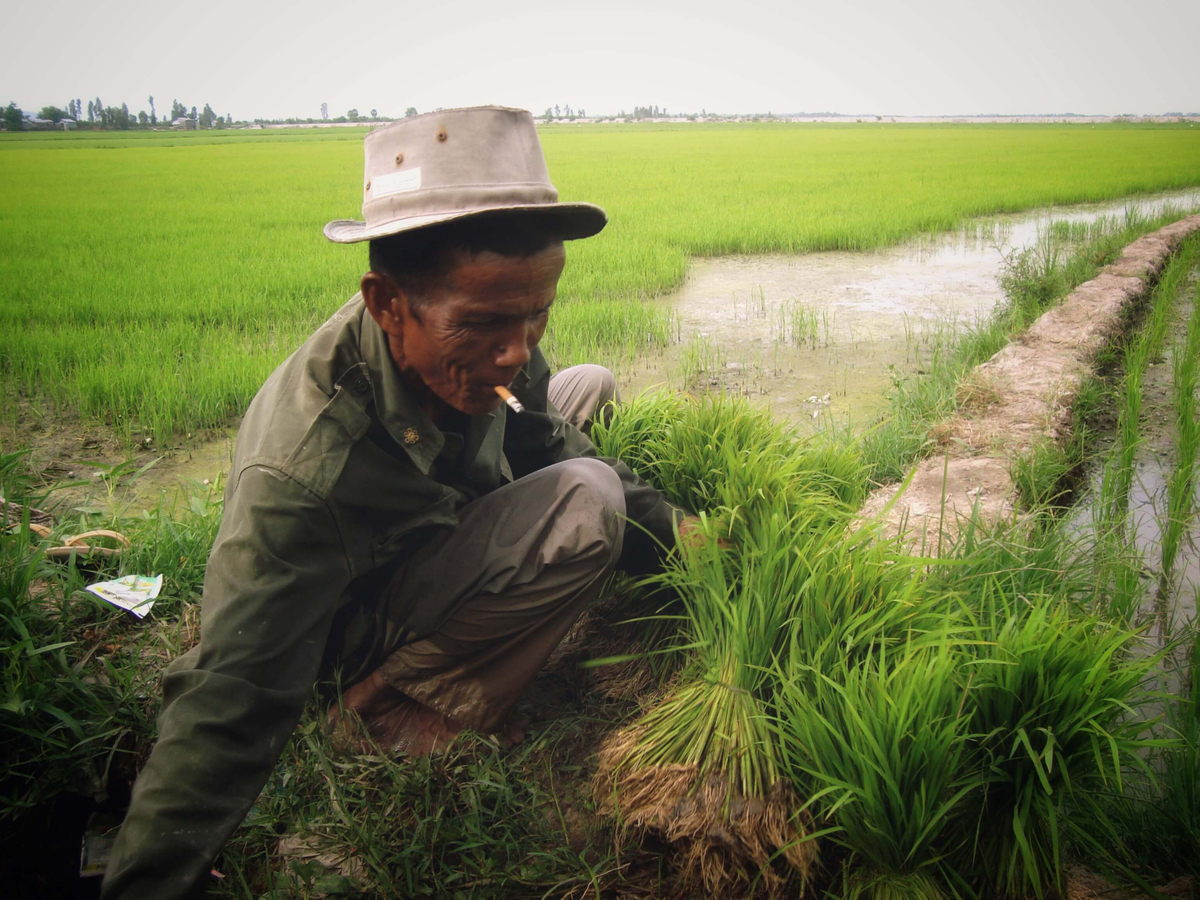
We can only solve the water problems in south-east Asian deltas if government strategies and techniques are linked with tactics developed by the inhabitants and which are embedded in the local culture and history. We need to listen to their stories, understand their tacit knowledge and ask: What do you need to cope better with climate change and urbanization?
This brings me back to the village erected on Chau Doc in Vietnam's Mekong Delta. Here, I realized that the power of water may push more and more rural people to migrate to places where they trapped into the vicious cycle of poverty. This should be an important motivation in the realization of plans for all those threatened delta regions in the world: to give hope and provide a new future to people who are not able to escape poverty.
In other words: don't make plans to make money on the Mekong, but improve living with the Mekong.

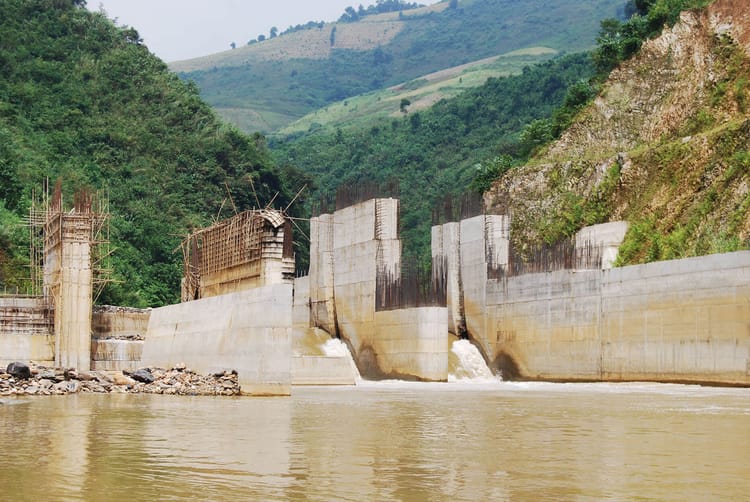




Member discussion